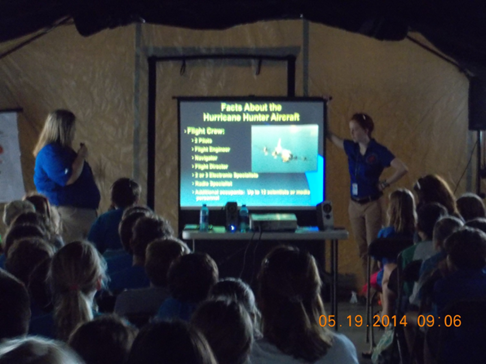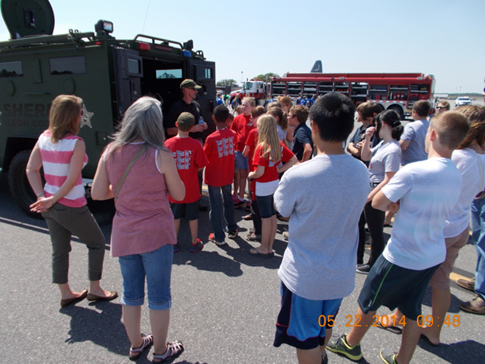Links:
Overview
Aircraft
Partner Exhibits
Location & Parking
Tours and Timelines
Event Layout
Other Tour Stops
For the Media
Available Speakers
|
Participating Aircraft
The DCA stop on the Hurricane Awareness Tour features 4 aircraft used in hurricane operations.
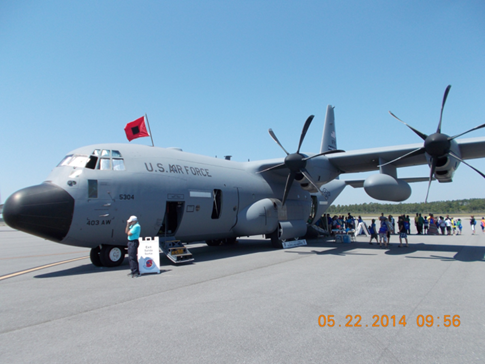 |
|
The WC-130J is one of ten such aircraft used by the U.S. Air Force Reservists from the 53rd Weather Reconnaissance Squadron, 403rd Wing, located at Keesler AFB in Biloxi, MS. Air crews fly directly into the core of tropical cyclones to gather data critical for forecasting tropical cyclone intensity and landfall.
|
|
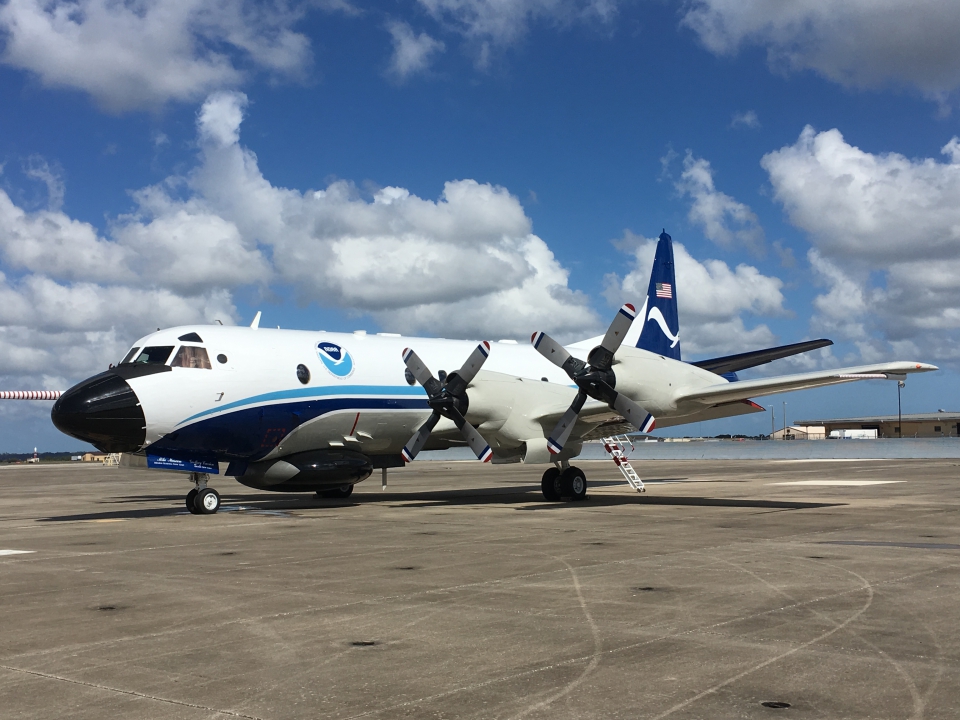
|
|
NOAA's Lockheed WP-3D Orion "Hurricane Hunter" plays a key role in collecting data vital to tropical cyclone research and forecasting. To obtain the best possible data within the storm environment, crewmembers deploy expendable probes called GPS dropwindsondes through a launch tube in the aircraft to measure these powerful storms directly. The P-3's radar is used to gather a "MRI-like" look at the storm, and the P-3 uses microwaves to sense wind speeds at the sea surface.
|
|
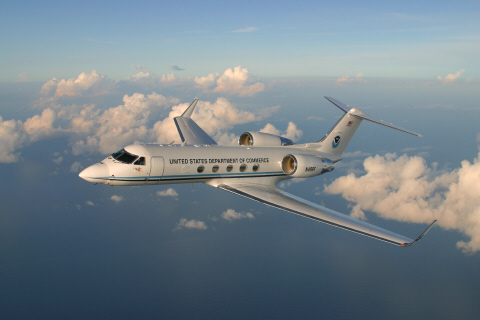
|
|
The NOAA G-IV is part of the agency's fleet of highly specialized research and operational aircraft operated, managed, and maintained by the NOAA Office of Marine and Aviation Operations and based at MacDill AFB in Tampa, FL. It flies at high altitude around and ahead of the tropical cyclone, gathering critical data to go into the hurricane forecast models.
|
|
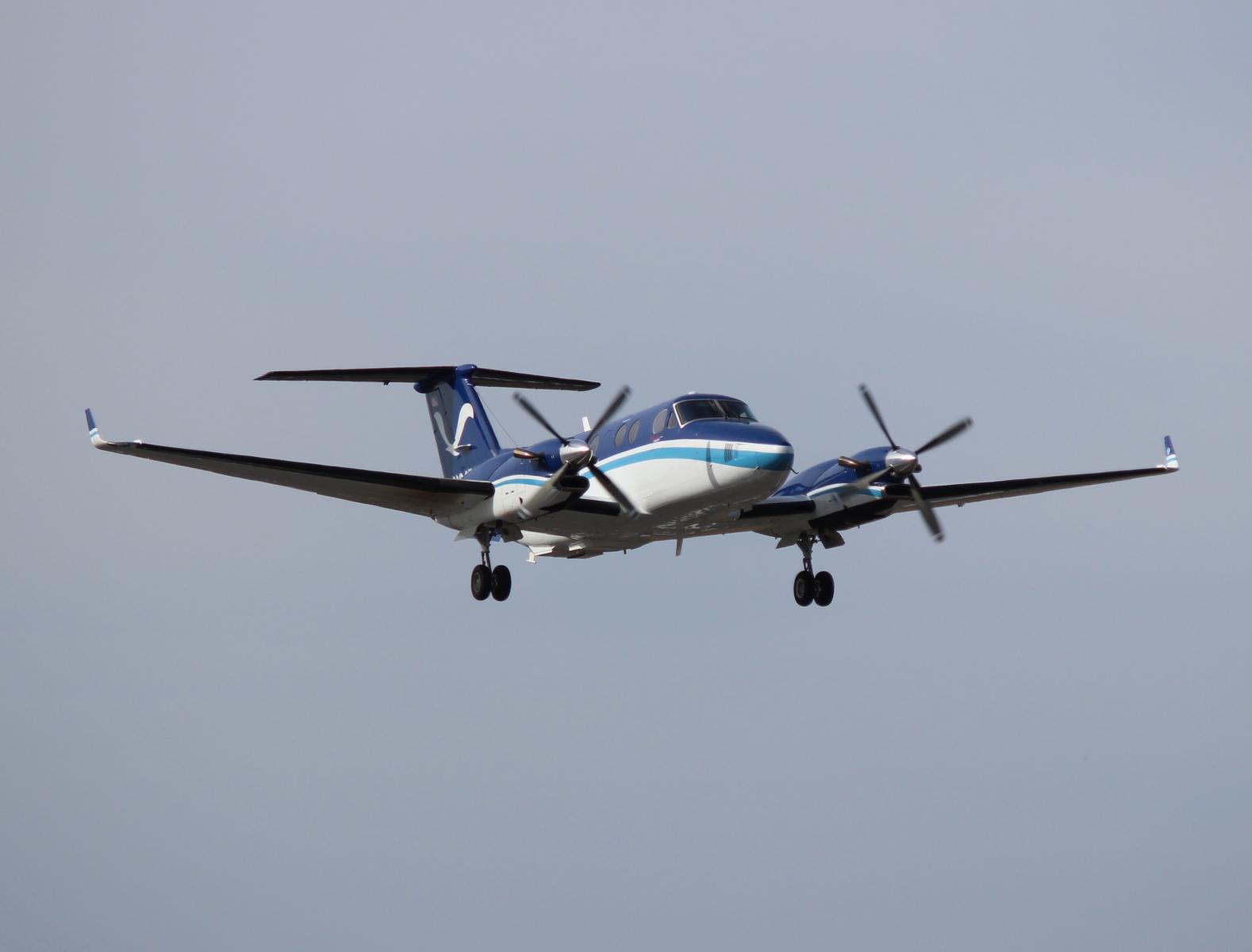
|
|
Equipped with the latest aircraft technology, NOAA's King Air Special Mission aircraft’s main feature is the two large, downward-facing sensor ports that can support a wide variety of remote sensing systems, including digital cameras, multispectral and hyperspectral sensors, and topographic and bathymetric LIDAR systems.
|
|
